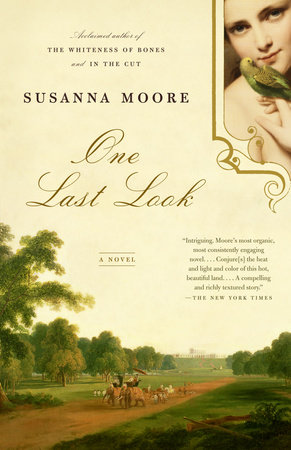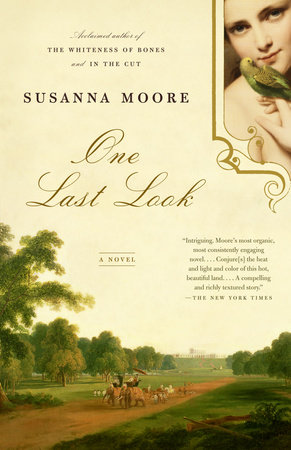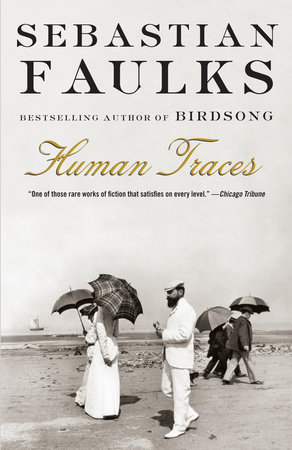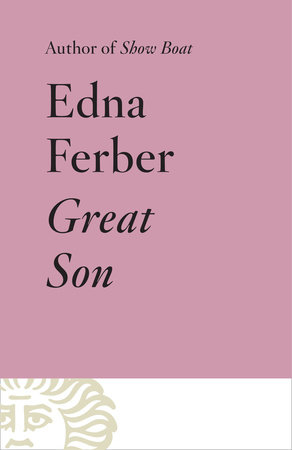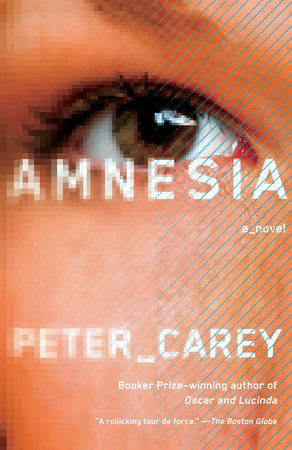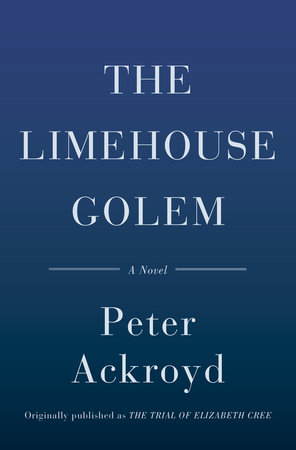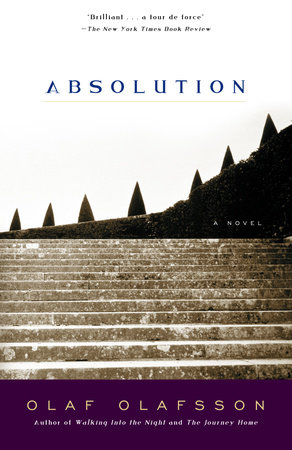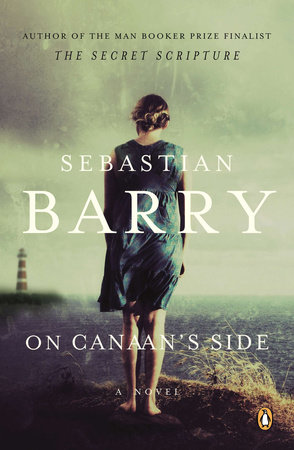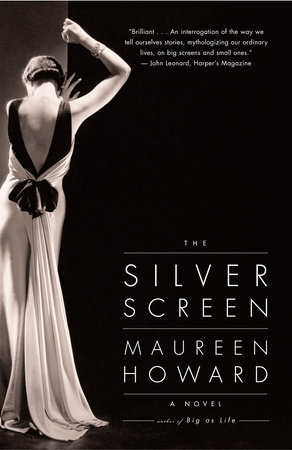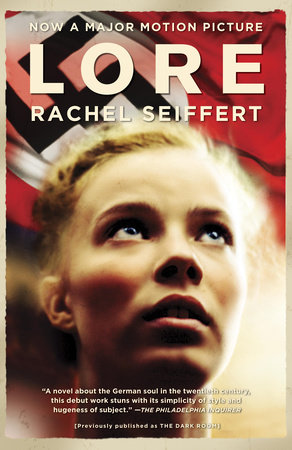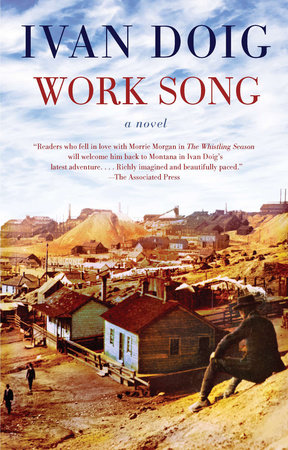A Conversation with Susanna Moore
Q: What was your inspiration for writing this novel? Was it based much on the real Governor-general of India and his sisters and did they travel to Calcutta from England in 1936?
A: I lived in Calcutta for five months in 1999. While I was there, I read many journals, diaries, collections of letters and histories. While reading Up The Country by Emily Eden, who traveled to India in 1836 with her sister Fanny, her nephew, and her brother George Eden, Lord Auckland, I began to wonder what her life would have been—it seemed to me so clear from her letters that she was not telling the whole truth. I didn’t know if she even knew the truth herself; most likely she did not. But I began to think about Calcutta in 1836: what would it have been like for Emily Eden and her younger sister, Fanny? That is how I began to write One Last Look.
Q: The language is, at times, reminiscent of Jane Austen. How did you go about finding the right pitch/conversational tone for these particular English aristocrats?
A: For two years I read everything I could find about England and India in the first half of the nineteenth century. I kept a notebook which turned into six large notebooks by the end of the two years. There are passages in the novel that are taken verbatim from the diaries of Emily Eden and Fanny Eden and another extraordinary traveler, Fanny Parkes.
Q: What does it mean in the story when a merchant says, “Calcutta is a pot of honey”?
A: "Calcutta is a pot of honey" means that in the first half of the nineteenth century, before the society became truly Victorian in feeling and tone, Bengal was a place to make money. The Governor-Generals returned to England rich men. It was a bountiful, lush, prosperous, easy place to make a fortune—in coal, in jute, and particularly cloth. It was also a very important market, like China, for export goods.
Q: The lives of women, even the aristocratic ones, come across as incredibly stifling, even when on colonial soil far away from home. Do you think this was true? And while your previous novel, the contemporary thriller set in New York, In the Cut, is so completely different in tone from this one, it could be said that each has a smart, strong, and observant woman at the center. Do they seem at all similar to you?
A. The lives of women were stifling. That is, in part, what interested me. It is possible to say that all of my books concern themselves with the notion of what it means to be female—whether it is in New York City in 2000 or Calcutta in 1836. In that way, my books really are the same.
Q: The relationship between the two sisters, Eleanor and Harriet, and their brother, Henry, is very close—to the point where Eleanor considers accompanying her brother to India her highest calling. Was that unusual for the time?
A: It was most usual for sisters when they were unmarried to remain together, and with other members of their family when it was possible. It was a matter of decorum as well as money. Because Eleanor is particularly close to her brother, remaining behind would have been out of the question. She also served a most practical purpose, in that Henry was a bachelor without a hostess. She was able to bring sophistication and intelligence to her role as mistress of Government House. Henry needed her with him for that, as well as for companionship and to exercise his familial responsibility.
Q: Concerning the people who really did live in this Imperialist society, do you think they felt they deserved to be there or was it simply fulfilling their duty to the crown? In other words, did they really think of themselves as good “agents of change” or was there guilt in exploiting others?
A: It seems to me from everything I have read, apart from the wonderful Fanny Parkes, the real heroine of the Raj, that almost everyone in India certainly thought they should be there, as agents of change, as agents of commerce, as agents of empire.
Q: Having grown up in Hawaii, did you relate at all to your character’s desire to take all the seductive color and beauty of India and recreate it back in England?
A: Growing up in Hawaii, which is not physically unlike south India, did help me to feel comfortable in India from the very start — I have been there five times — but it is an utterly different culture. I knew that I could
only write about it as an outsider, which is why Eleanor was born.
Q: You also have a travel book coming out this year: where to?
A: The travel book, just published by National Geographic Directions as part of the series that includes Oliver Sacks and W.S. Merwin and Louise Erdrich, et. al, is about Hawaii. It is called I Myself Have Seen It: The Myth of Hawai’i.
